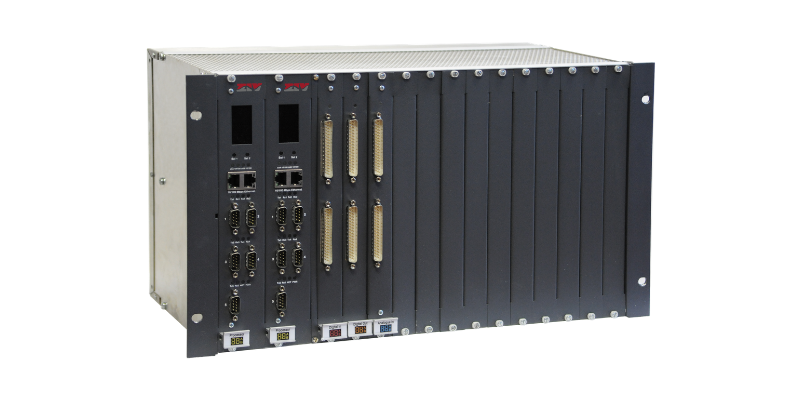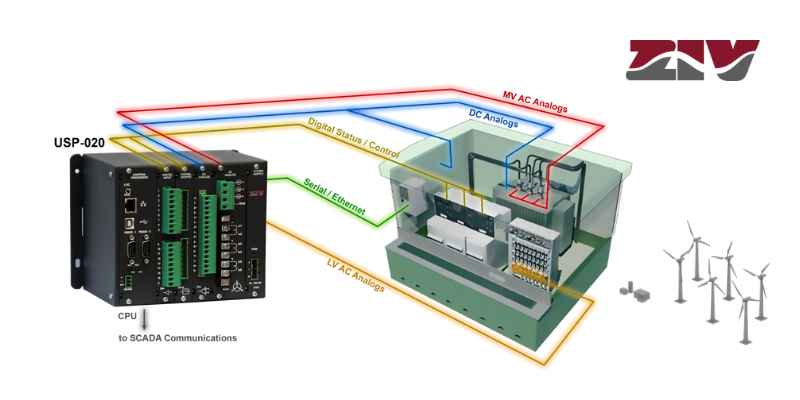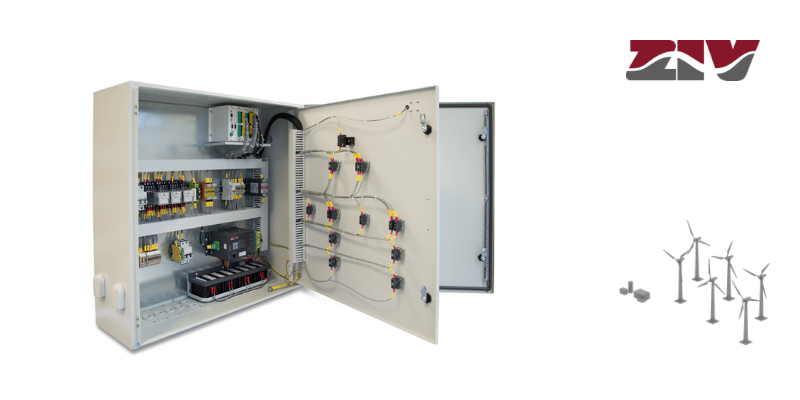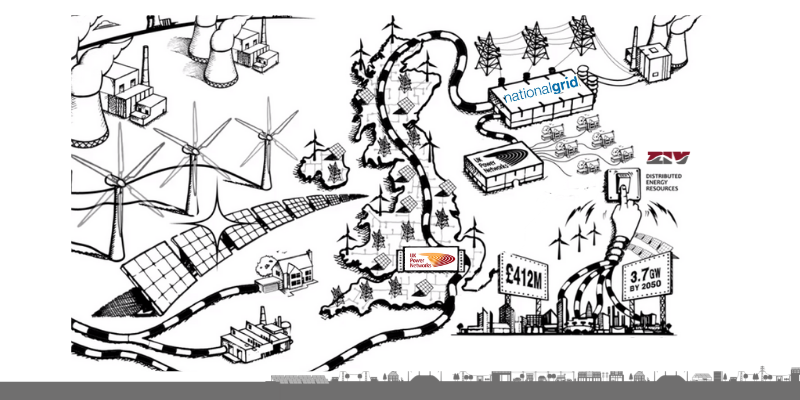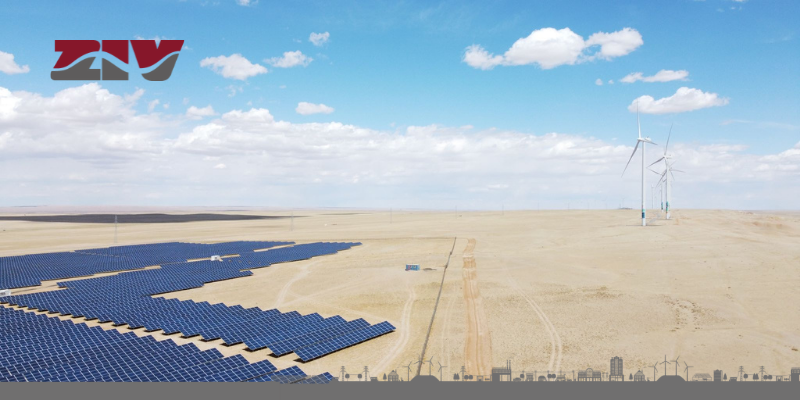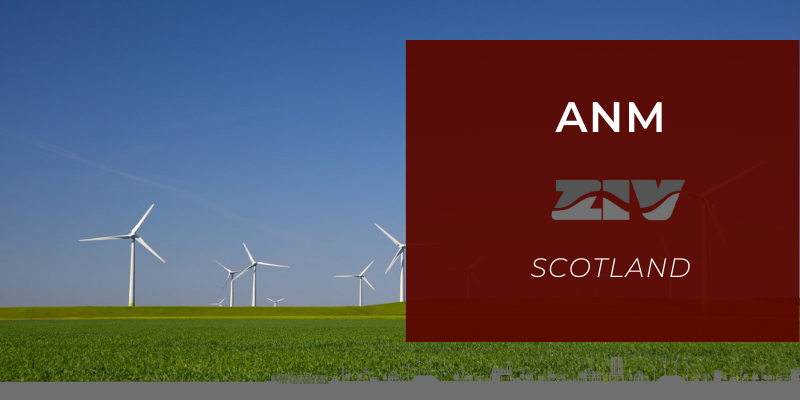“ZIV Constellation” is a flexible solution designed accelarate renewables integration. It help utilities worldwide to reach zero carbon targets by enabling them to connect more renewable sources. It increases network reliability whilst maximising the existing assets. It provides a platform that becomes a key tool for utilities in their transition to a DSO.
What we deliver?
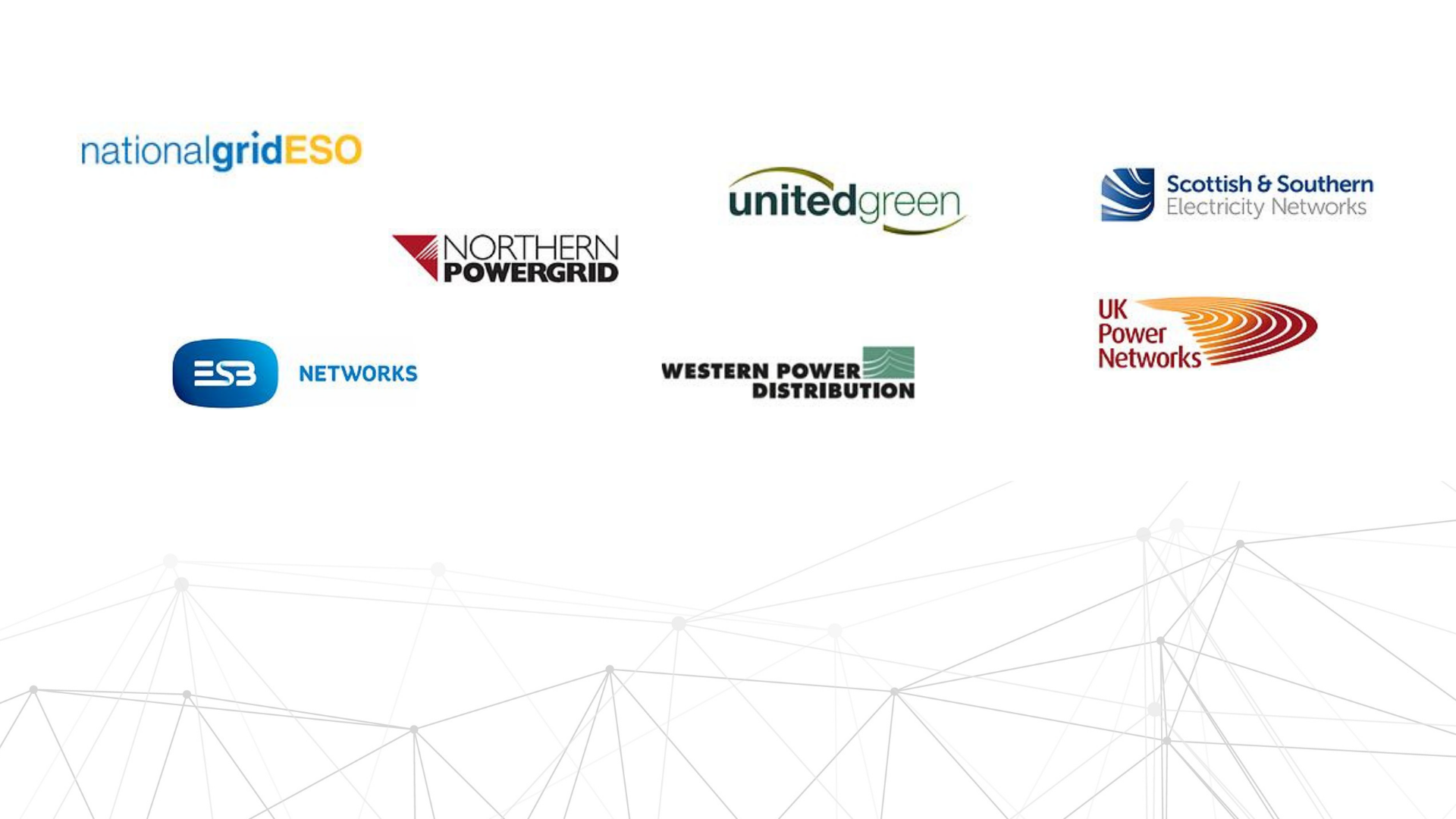
- The most advanced ANM solution on the market.
- Designed in a modular format.
- A solution that allows the customer to expand the system as required.
- Scalable from a single GSP up to an enterprise wide scheme.
ZIV constellation utilises live data from the field to ensure the most accurate information is available
Applications
Constraint Manager
Main Functionality :
This module monitors for thermal and voltage violations in realtime. On detection of one or more network violations, DERs contributing to the violations are curtailed in order to resolve the problem. DERs can be constrained based upon user-defined Principles of Access (POAs). The ANM module can respond to both demand-led and generation-lead constraints, and as such will respond appropriately to all types of DERs, including energy storage.
Virtual Power Plant
Main Functionality :
The Virtual Power Plant Module (VPP) can provide ongoing MW and MVAr support services at the point of delivery i.e. the Grid Supply Point. The VPP module determines the amount of MW and MVAr available in realtime from each of the participating DERs , allowing for network constraints and provides an aggregated MW and MVAr
Microgrid Controller
Main Functionality :
The Microgrid Controller performs constant analysis of the network in real time to determine the power flows and network voltages throughout the network area constantly balancing load and generation in realtime. The controller maintains all voltages and powerflows within the network constraints and constantly maximises the headroom and foot-room available at the grid forming generator to respond to unexpected events network disturbances such as sudden loss of demand or generation capability.
Generation & Demand Forecasting
Main Functionality :
The Predictor provides short and long range predictions of load and generation for use in the decision making processes. It uses neural forecasting to predict load and generation based on historical data (load, generation, type, time/date, holidays, weather, configuration etc.). It supports an active learning process where the neural model is continually learning from historical data to optimise the accuracy of the predictions.
Constraint Forecaster
Main Functionality :
The Constraint Forecaster performs network analysis using predicted demands and generation to forecast when and where thermal and voltage violation will occur on the network and can calculate when DER constraints will be necessary.
Inputs from predictor module ensures that expected weather conditions and tidal patterns are factored into the result. The analysis can also include the expected outage planning and switching schedules to ensure that the results fully reflect the expected conditions.
Balancing Services
Main Functionality :
The Balancing Module is designed to handle active and reactive power security requirements from the Transmission Operator.
When the Transmission Grid requires rapid support from the Distribution Networks, the Balancing Services module delivers rapid instructions to DERs upon receipt of the TO’s deployment signals; calculating what action is required; to provide the required service whilst maintaining the distribution networks security.
End-to-End Platform
Constellation is a full solution platform offering robust field hardware, substation and enterprise level software and complete design and integration services. The Constellation Platform covers Level 1 DER Controllers, Level 2 Substation Controllers and Level 3 and Level 4 Enterprise Software.
Incremental Deployment
The system’s modularity allows it to easily scale from a single substation network to a large regional or national system supporting dual and triple location redundancy for increased resilience. The system can be deployed incrementally in the knowledge that it can meet larger, future requirements.
Real Time Network Analisys
The system is unique, in that it is continuously analysing the current network state and the alternative N-1 states, evaluating the thermal and voltage ratings, network transients and fault levels to determine the optimal network operation
LEVEL 1
- Setpoint / Trip control to DER
- MW, Mvar, V and PF operating modes
- Intelligent failsafe operation
- Local operation display
- Connection Voltage control
- PQ curve monitoring and alarming
LEVEL 2
- Active Constraint Management
- Adaptive network optimisation
- Provision of flexibility services
- MW, Mvar, PF control services
- Fault level monitoring
- Pre/Post Fault Curtailment
LEVEL 3
- Transmission / Distribution DERMS/ANM
- Multiple GSPs – wide area schemes
- Provision of flexibility services across SO/TO boundary
- Constraint Management / Virtual Power Plant
- Blackstart / Microgrid
- CIM based model with data driven architecture
- Integrate multiple Level 2 and Level 1 Control schemes


